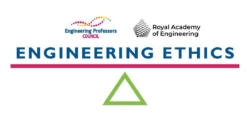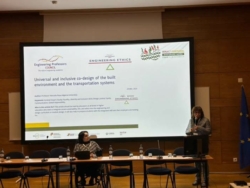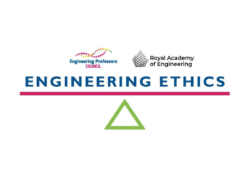 You’re an engineering student on an industrial placement year at a company that manufactures cosmetics. The company is involved in a big project that focuses on alternative, more environmentally friendly cosmetic chemistries. You notice that a batch of products might have been contaminated with microplastics. You flag this up to your supervisor but they wave your concerns away. What do you do?
You’re an engineering student on an industrial placement year at a company that manufactures cosmetics. The company is involved in a big project that focuses on alternative, more environmentally friendly cosmetic chemistries. You notice that a batch of products might have been contaminated with microplastics. You flag this up to your supervisor but they wave your concerns away. What do you do?
This is the dilemma presented in our Engineering Ethics Toolkit case study Microplastics in cosmetics.
We’ve provided this, and other case studies, for you to use and adapt in your teaching. If you’re new to ethics, we have a growing library of guidance articles available to support you, and an Ethics Explorer to get you started. Please take a look and give us your feedback.
Want to contribute your own content to the Ethics Toolkit? Get involved here.
 You’re an engineering student on an industrial placement year at a company that manufactures cosmetics. The company is
You’re an engineering student on an industrial placement year at a company that manufactures cosmetics. The company is
